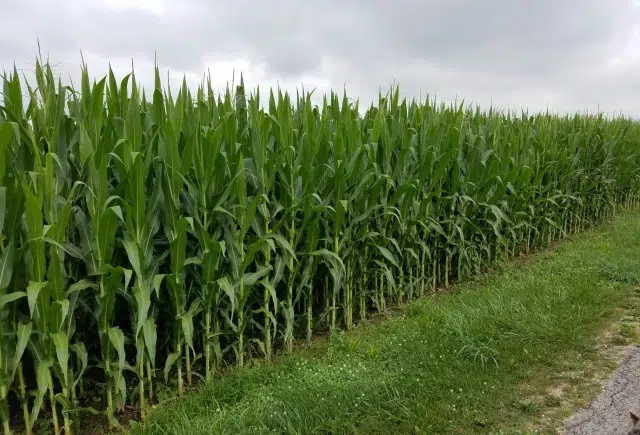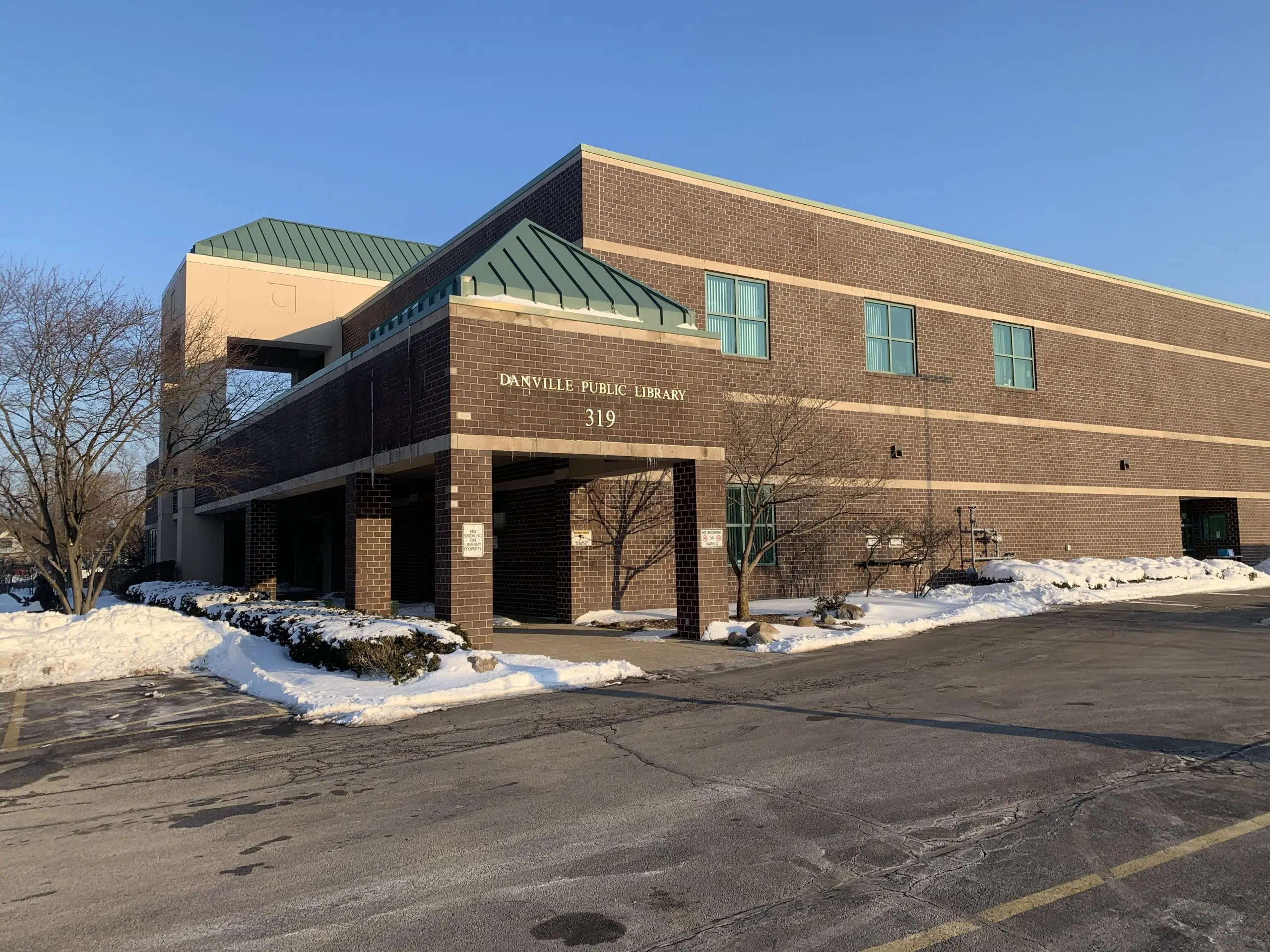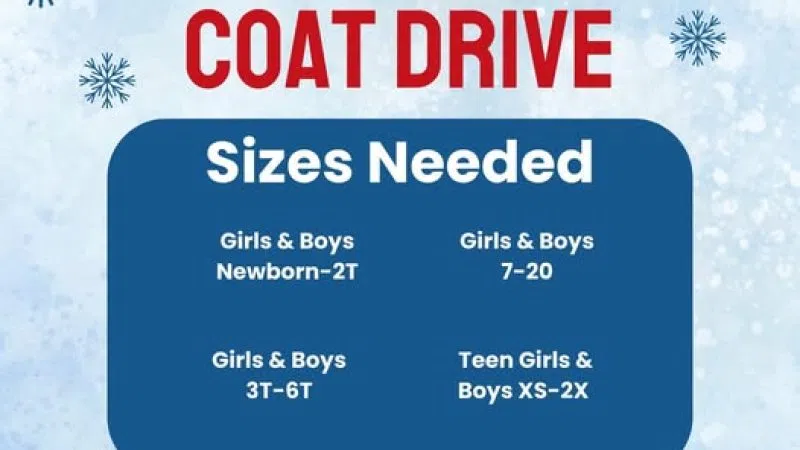The Illinois biennial Soil Erosion and Cropland Tillage Transect Survey was completed this past spring and summer by the Illinois Department of Agriculture, in cooperation once again with Illinois’ 97 Soil and Water Conservation Districts and the USDA Natural Resources Conservation Service.
Data shows the trend toward more crop tillage continued in 2017, while increased farmer interest in, and adoption of cover crops shows promise as an additional conservation management tool on Illinois farms.
Illinois saw an increase in re-planted acres of both corn and soybeans. The Transect Survey is conducted shortly after crops are planted in the spring and have emerged.
The 2017 Transect Survey results show that the percentage of cropland below “T”, the tolerable soil level loss, or the amount of soil that can be replaced naturally by the decomposition of crop residue, has slipped from 80.4% in 2015 to 79.2% in 2017. There was a 0.9% increase in no-till corn surveyed as compared to 2015, while mulch-till was down 5.5% and reduced-till corn was up 1.4%. The level of conventional tillage rose 3.2%. There was a slight decrease in no-till soybeans, down 1.4% from the previous survey. Mulch-till and reduced-till soybeans show a mixed bag as farmers adjusted their tillage systems slightly toward more tillage on the acres surveyed. The extent of conventional tillage for soybeans increased as compared to 2015.
Vermilion County corn cropland was overwhelmingly in the conventional tillage category, at over 92%, way over the state average, but the average soil loss from those fields was about 25% BELOW the state average.
County soybeans were tilled basically evenly between mulch, reduced and conventional tillage in the county.












